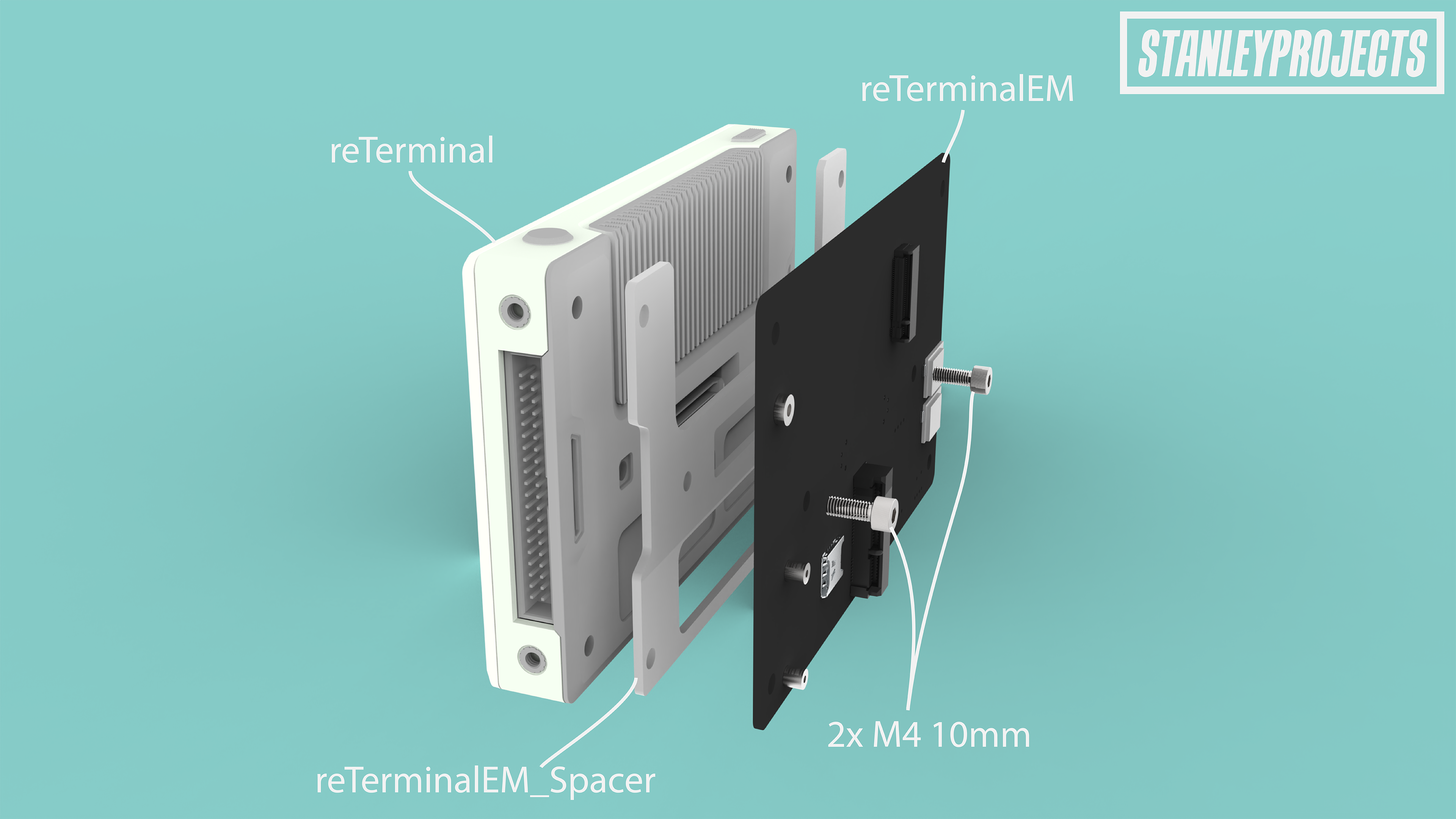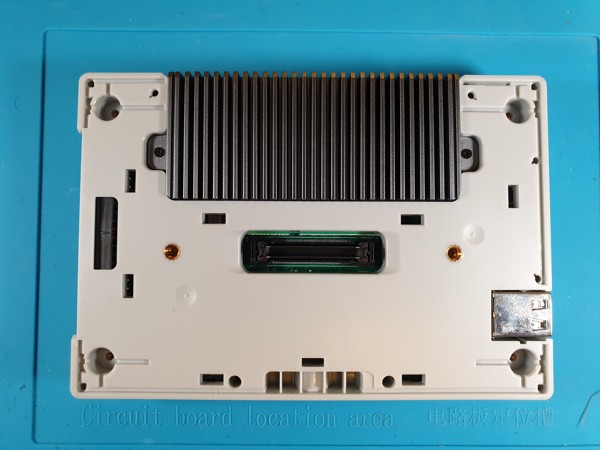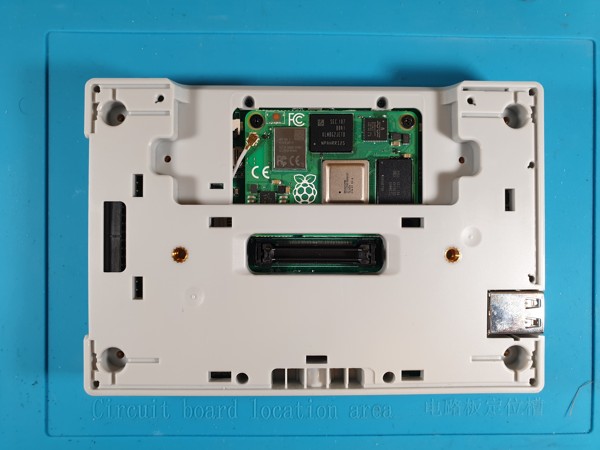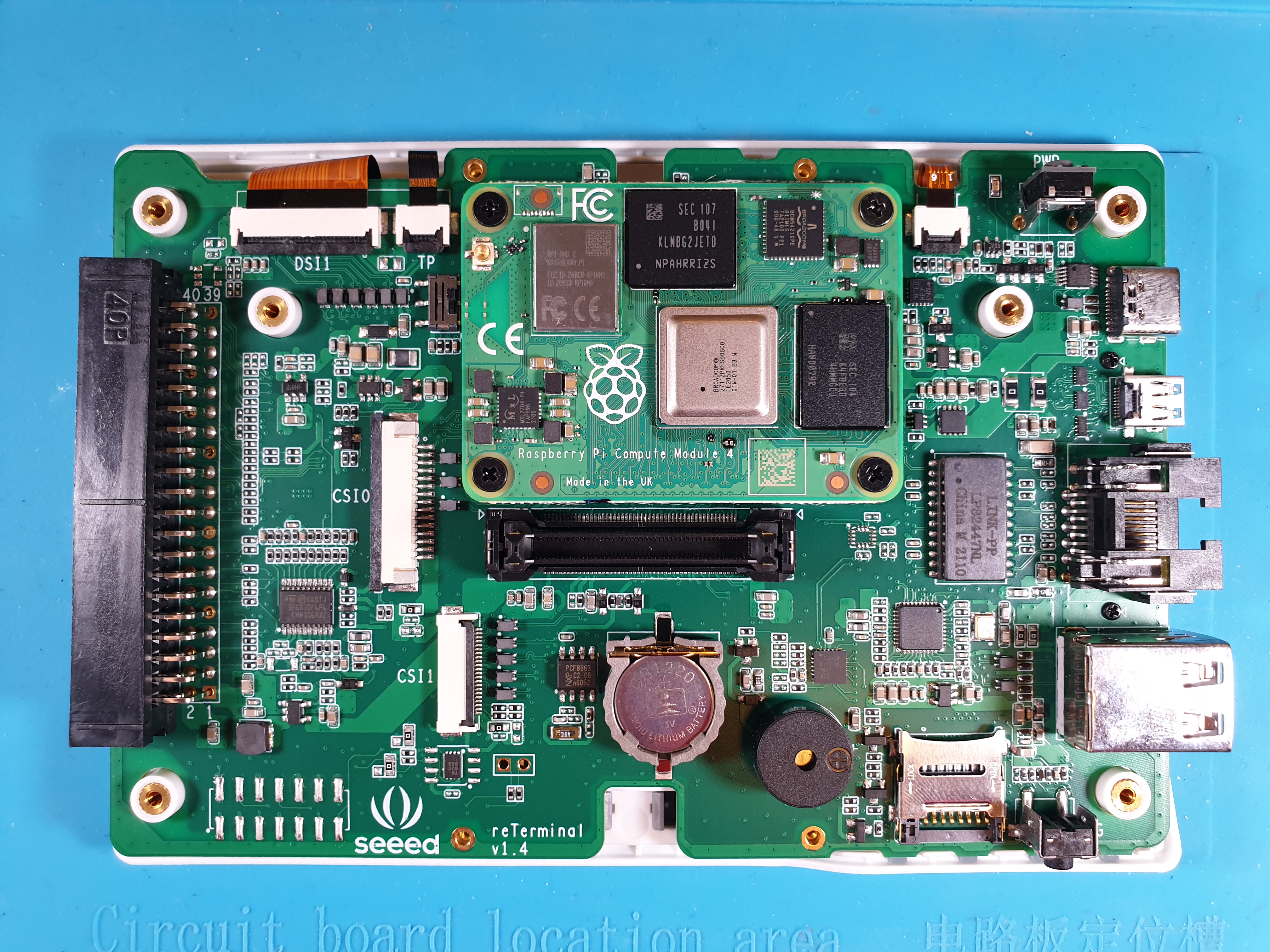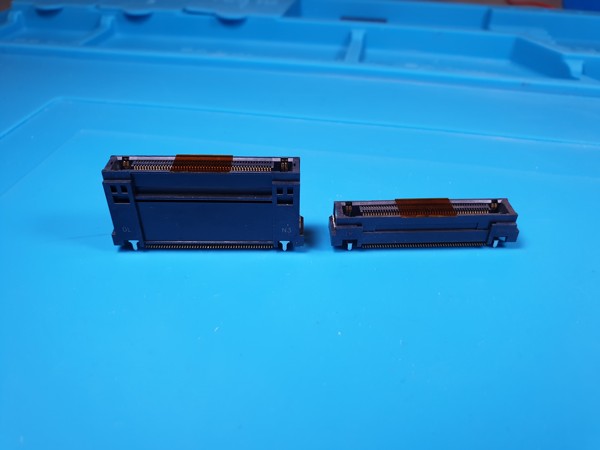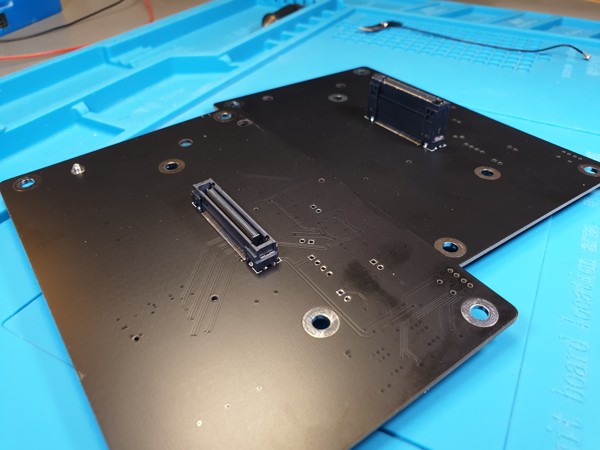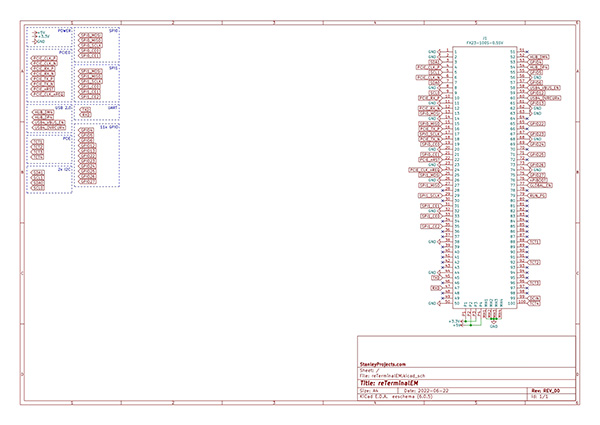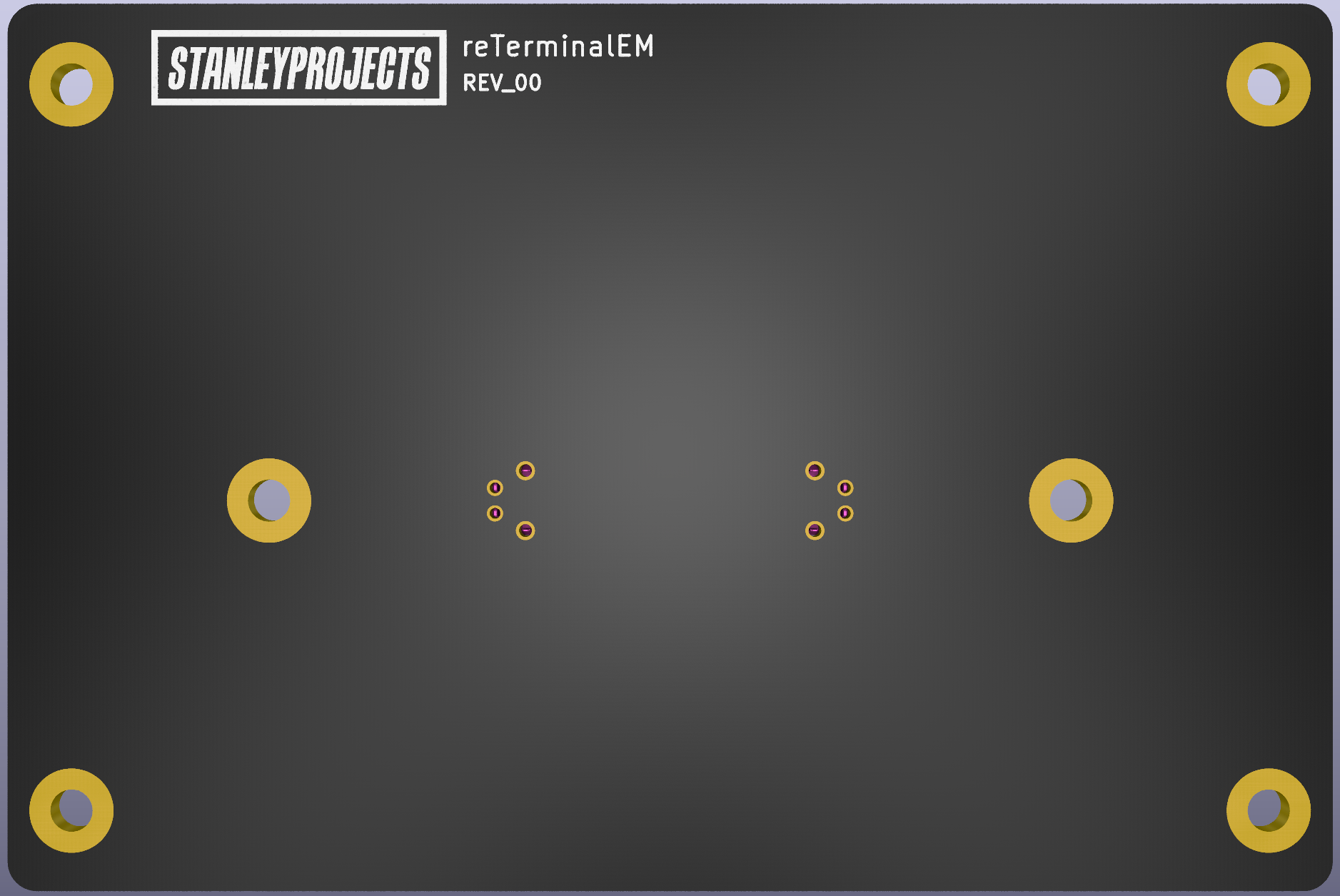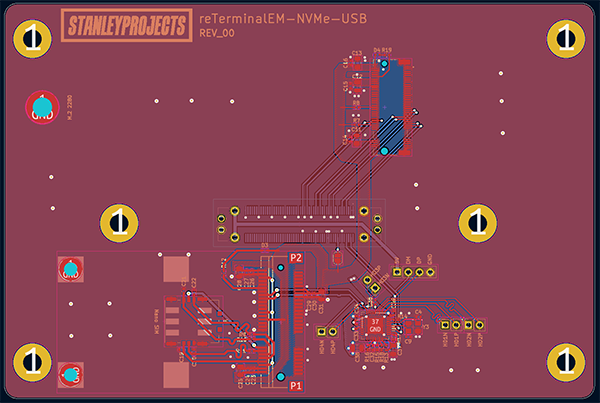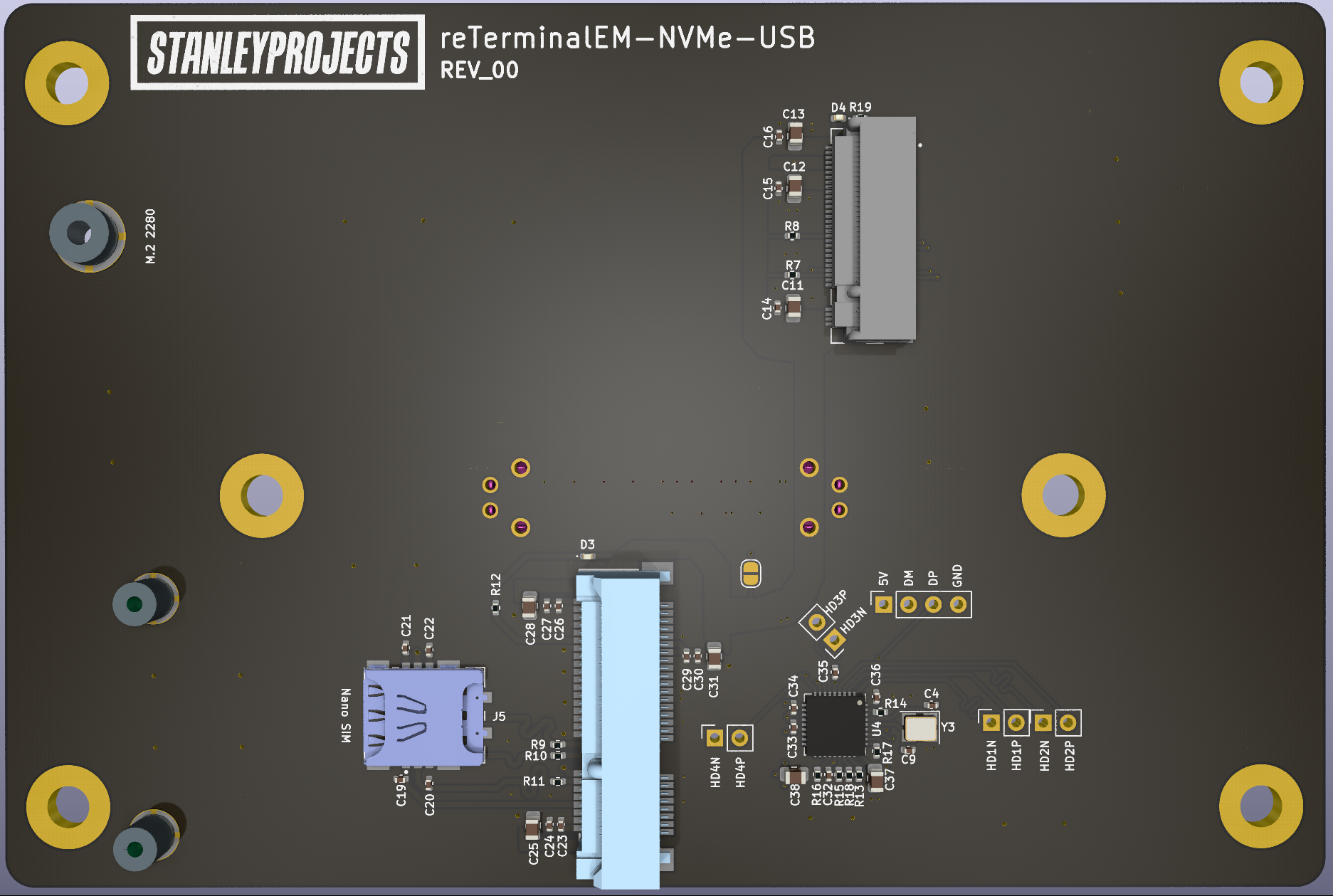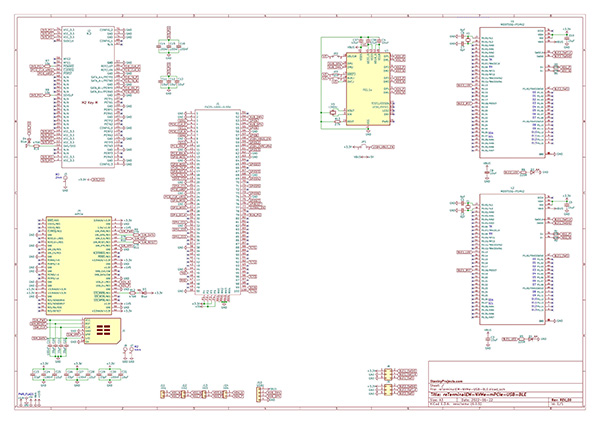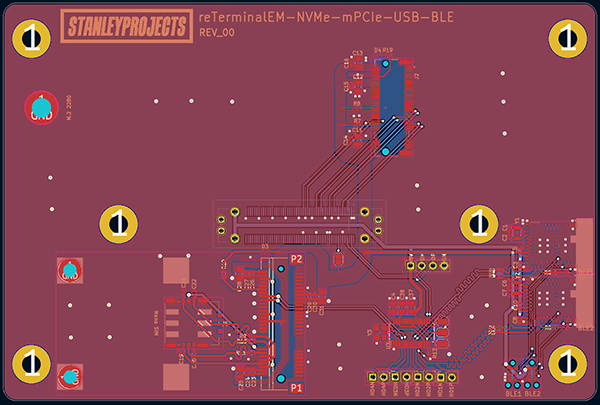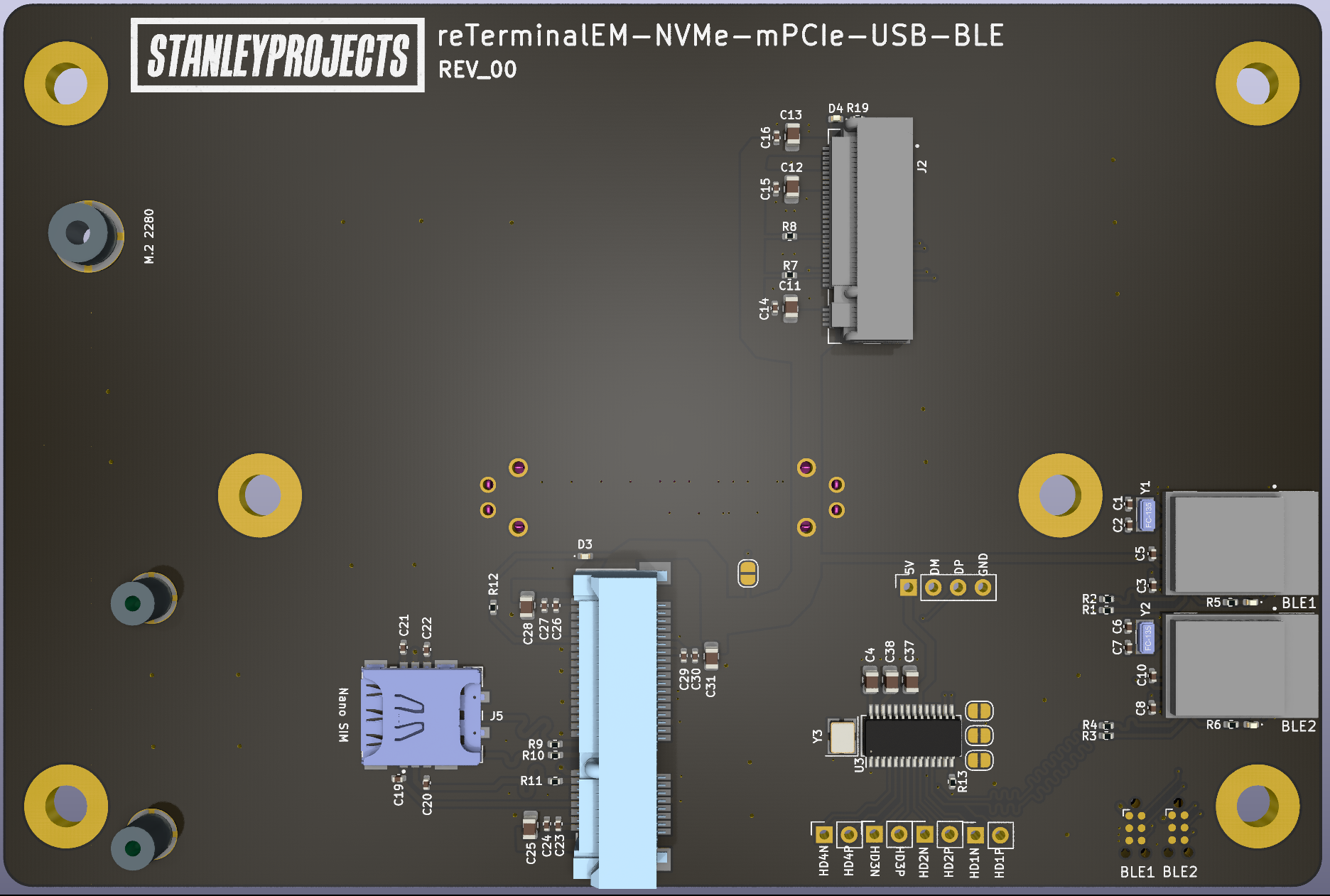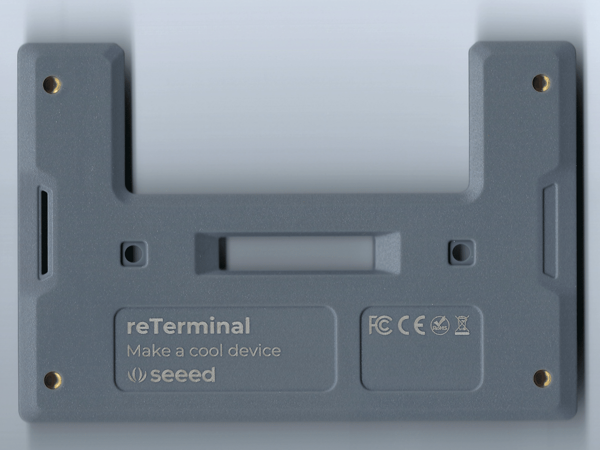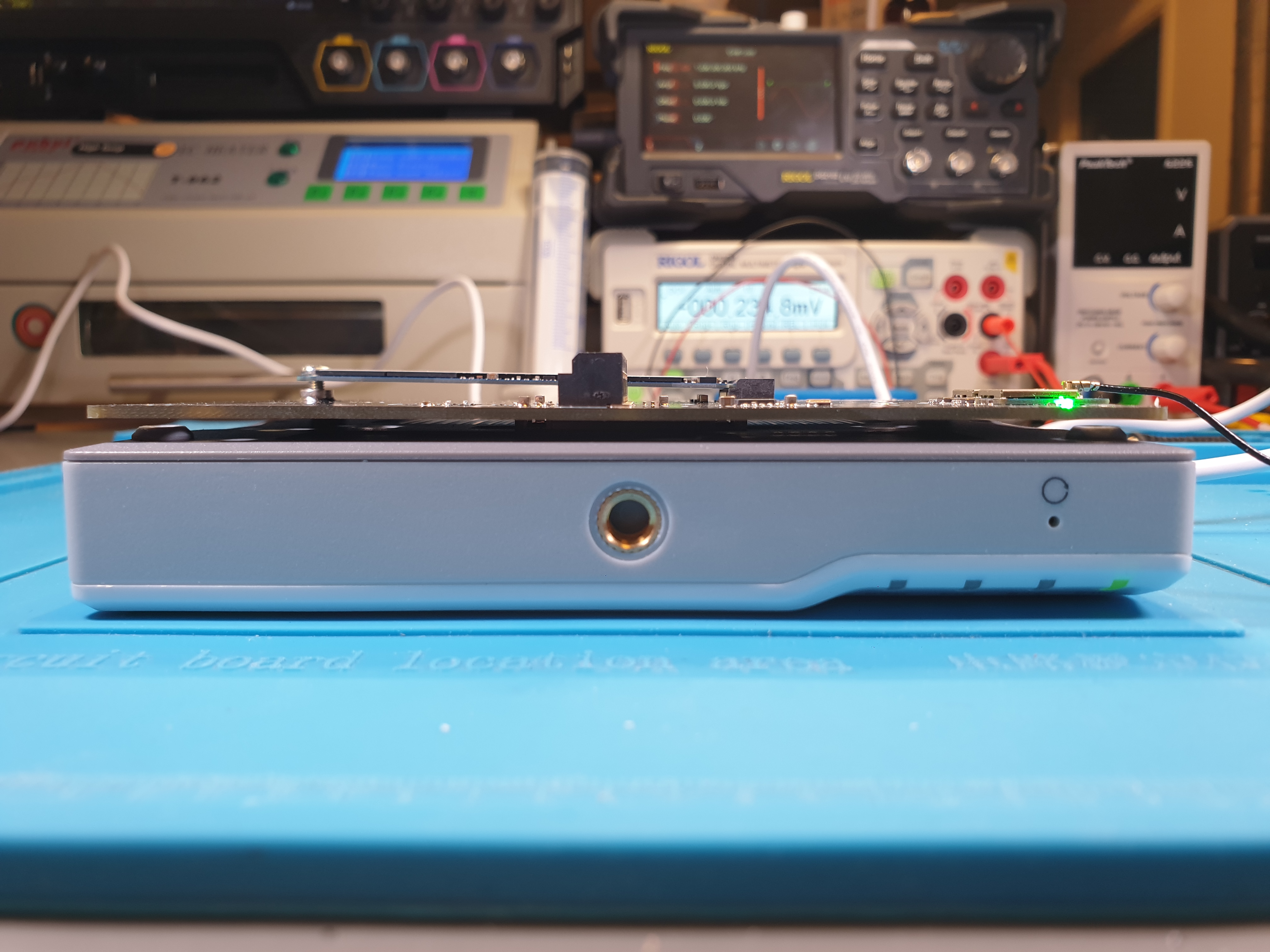reTerminalEM - Expansion Module
reTerminalEM is an open-source expansion module platform for reTerminal. This project was started before Seeed released their E10-1 expansion board, so make sure to check it out as it already contains many interesting peripherals. However, if you need more flexibility and custom design, you are on the right track here.
All the files including schematics, board files, and 3D models, are open-source and published on the reTerminalEM GitHub repo.
Prerequisites
To open and edit the design files, you need the latest KiCad 6.x version installed with all the standard libraries that comes with it.
The projects are fully-contained, so you will be able to see all custom symbols, footprints, and 3D models in KiCad.
reTerminal
reTerminal is a Raspberry Pi Compute Module 4 (CM4) powered device, with a capacitive multi-touch screen (1280 x 720), developed by Seeed Studio. It is equipped with 4GB of RAM, 32GB eMMC storage, wireless connectivity (dual-band 2.4GHz/5GHz Wi-Fi and Bluetooth 5.0 BLE), and modules like accelerometer, light sensor, buzzer, and RTC. The interfaces include Gigabit ethernet port, 2x USB 2.0 Type-A, USB-C for power, Micro HDMI (4K capable), and more.
However, what makes this device special, is the rich selection of I/O for easy expandability. It has a standard 40-Pin Raspberry Pi compatible header on the side, and unique high-speed expansion interface on the back (PCIe X2, USB 2.0, POE, 2x I2C, 2x SPI, UART, and 11 GPIOs), which allows using external modules to expand the functionality. This makes it a perfect solution not only for hobbyist and enthusiasts making their own IoT projects, but also for companies that can use the reTerminal as an ODM product together with a custom module.
At the time of writing this post, the information about the high-speed expansion capabilities is pretty limited. Seeed does not publish the full specification of the required mating interface (connector and mounting holes) so therefore I have decided to design my own expansion modules, test them, and make them available to public, so you can have a head start on your own projects.
Hirose FX23-100 connector
The reTerminal's expansion interface consists of FX23-100P-0.5SV15, a straight female header board-to-board connector, manufactured by Hirose, as shown in the following pictures.
To mate the connector on reTerminal, you need one of the two available straight male receptacle connectors from Hirose.
- FX23-100S-0.5SV - lowest achievable gap
- FX23-100S-0.5SV10 - 10mm larger gap
The only difference between the two versions is their height (see following pictures). In case your module PCB has to be populated with large components on both sides, you will have to choose the tall one. Otherwise, the smaller version is a perfect choice for any other situation since it doesn't waste practically any space.
reTerminalEM
reTerminalEM is a minimal base board PCB with FX23 connector, and mounting holes. The schematic contains a pinout specification, allowing an easy adaptation of the design according to your needs.
reTerminalEM-NVMe-mPCIe-USB
reTerminalEM-NVMe-mPCIe-USB is a sample design based on reTerminalEM, containing 4-port USB hub based on USB2514B, M.2 (NGFF) socket for external NVMe SSD, and mPCIe slot with Nano SIM card holder for cellular modem.
reTerminalEM-NVMe-mPCIe-USB-BLE
This design is similar to reTerminalEM-NVMe-mPCIe-USB, but besides the M.2 (NGFF) and mPCIE socket, it has a space for two MDBT50Q modules (Nordic nRF52840 or nRF52833) from Raytac, connected through an FE1.1 based 4-port USB hub.
